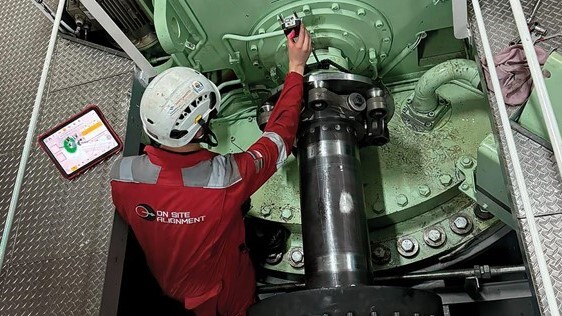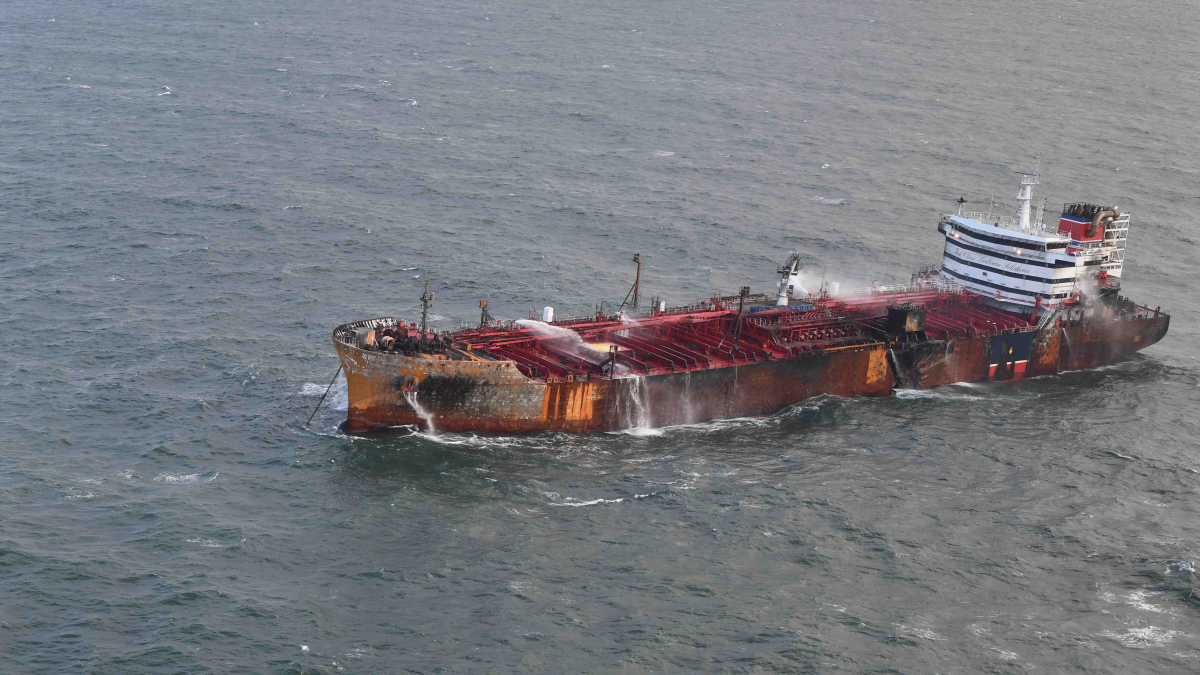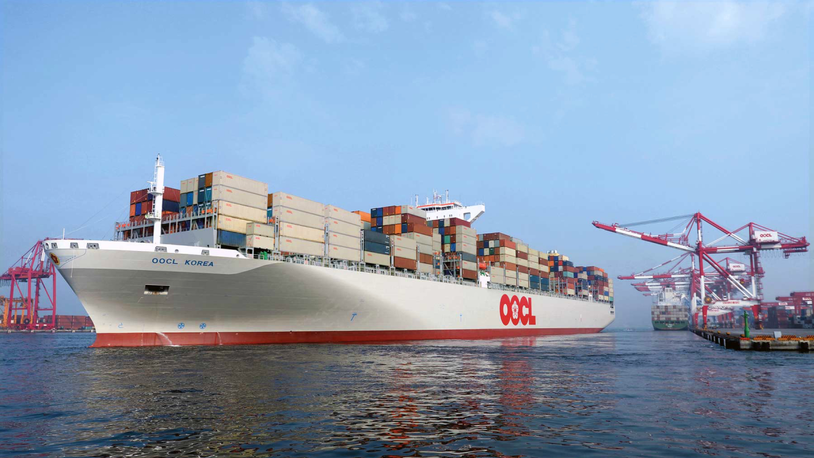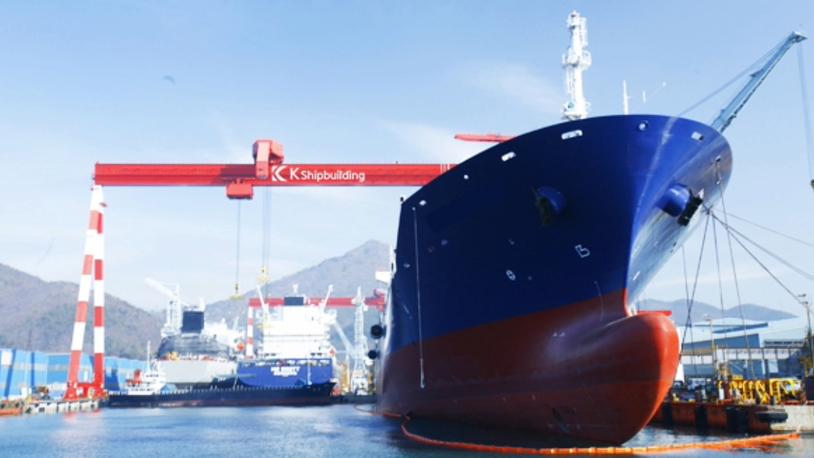Business Sectors
Events
Contents
Register to read more articles.
Derisking hydrogen tugs when prescriptive rules are absent
Risk-based certification of hydrogen tugs and the contrasting approaches operators are taking to alternative fuel pathways were in full view at this year’s ITS Convention in Dubai
Lloyd’s Register decarbonisation business development manager Peter Van de Graaf made the case for using risk-based certification (RBC) to validate designs, mitigate risks and demonstrate the safety of hydrogen-powered tugs and bunkering infrastructure at this year’s event.
“By integrating established industry codes and standards, such as those developed by ISO and the American Society of Mechanical Engineers into the RBC process, regulatory approval can be obtained even when specific standards for hydrogen systems are not yet available,” Mr Van de Graaf, an ex-chief engineer, told a packed auditorium. As things stand, The International Code of Safety for Ships using Gases or other Low-flashpoint Fuels (IGF Code) is being updated to accommodate toxic fuels such as ammonia, and interim guidelines specifically addressing ammonia and hydrogen as marine fuels are expected to be approved by September 2024.
“Compared with previous design approaches, the RBC procedure includes additional sections that enhance the safety evaluation process,” said Mr Van de Graaf.
The process starts with the development of a comprehensive design safety statement. This is followed by a thorough risk assessment to identify potential hazards. Supporting studies are then conducted to further investigate and address the risks identified during the assessment phase. Finally, a final design assessment is carried out to ensure all safety considerations have been properly addressed. “Section 5 of the procedure is focused on defining the commissioning and testing requirements for new fuels, ensuring their safe and reliable implementation. The final stage of the RBC process involves creating a detailed documentation package that captures all the relevant information about the equipment system and fuel management system. This comprehensive record serves as a valuable reference for the certified design, facilitating future maintenance, upgrades and regulatory compliance.”
Material compatibility with hydrogen is another crucial consideration and one Mr Van de Graaf said is often overlooked. “Given the extensive literature highlighting potential issues between hydrogen and certain materials, it is essential to conduct thorough testing and not assume compatibility without proper validation.”
He shared the steps taken in one case to evaluate the suitability of a specific material for use in a hydrogen fuel system. “The material underwent specific descriptive testing under hydrogen conditions. Given the expected operating pressures of 4-8 bar in the specific component, the material was rigorously tested at higher pressures, including maximum testing at 10, 50 and 100 bar, all at a low strain rate. Since the actual strain levels in the component are very low, the testing performed was enough to fully validate its lifecycle. The low strain levels and satisfactory test results gave confidence in the material’s compatibility with hydrogen, allowing it to be used in the fuel system.”
Existing and planned hydrogen tugboat projects reflect a wide range of onboard storage capacities, he added. The smallest project mentioned by Mr Van de Graaf carries 36 kg of hydrogen. This highlighted the energy density challenges associated with hydrogen.
The largest project referenced was the Topeka prototype vessel being built under the aegis of the EU-funded HySHIP project, which aims to build the world’s first zero-emissions vessel running on liquid green hydrogen as a maritime fuel.
The planned Torghatten-Nord ferry project in Norway will feature a containerised storage solution capable of holding an impressive 4,350 kg of hydrogen. According to Mr Van de Graaf, this substantial storage capacity showcases the scalability of hydrogen technology and its potential to power larger vessels with extended operational ranges. He also mentioned this approach demonstrates how customised hydrogen storage solutions can be adapted to meet specific vessel requirements and operational profiles.
Following Mr Van de Graaf’s comments, discussions broadened to include the perspectives of Multraship Towage & Salvage operations and crewing manager Bianca Pielaat, Kuok Maritime Group senior general manager for coastal sustainability Bernard Liew and Targe Towing commercial director Alasdair Smith.
Ms Pielaat emphasised evaluating sustainability options carefully to ensure safety and suitability for specific tug operational profiles. “Multraship is currently using biofuels, specifically hydrotreated vegetable oil, on a portion of its fleet as an interim measure to reduce our carbon dioxide, nitrogen oxide and sulphur oxide emissions. This approach allows us to make immediate progress in reducing our environmental impact while giving us the necessary time to develop and implement long-term, future-proof sustainable propulsion solutions.”
Mr Liew noted the price sensitivity of the Asian towage market limits investments in R&D. He sees a government-driven energy transition to carbon-neutral biofuels and electrification as the near-term path, before adopting hydrogen or ammonia.
“In Singapore, the Maritime and Port Authority has mandated that all new harbour craft must be fully electric, BE100 rated, or compatible with carbon-neutral or net-zero fuels. This legislative push aligns with Singapore’s overarching goal of achieving net-zero emissions by 2050.
“The fact is the competitive nature and price sensitivity of the Asian tugboat market makes it difficult for operators to invest heavily in research and development of alternative fuels,” he said. “Harbour towage services simply do not generate substantial profits that can be readily allocated to such efforts.”
“What’s becoming clear to me is that I think I’m going to have to do a PhD in chemistry just to understand our bunkering options," Targe Towage’s Mr Smith said to audience laughter, adding that despite the advances in alternative fuel technologies, diesel engines remain unmatched in terms of performance and efficiency. Nonetheless he, in common with all of the panellists, saw the necessity of the energy transition despite the challenges.
Sign up for Riviera’s series of technical and operational webinars and conferences:
- Register to attend by visiting our events page.
- Watch recordings from all of our webinars in the webinar library.
Related to this Story
Events
Maritime Environmental Protection Webinar Week
Cyber & Vessel Security Webinar Week
The illusion of safety: what we're getting wrong about crews, tech, and fatigue
Responsible Ship Recycling Forum 2025
© 2024 Riviera Maritime Media Ltd.














